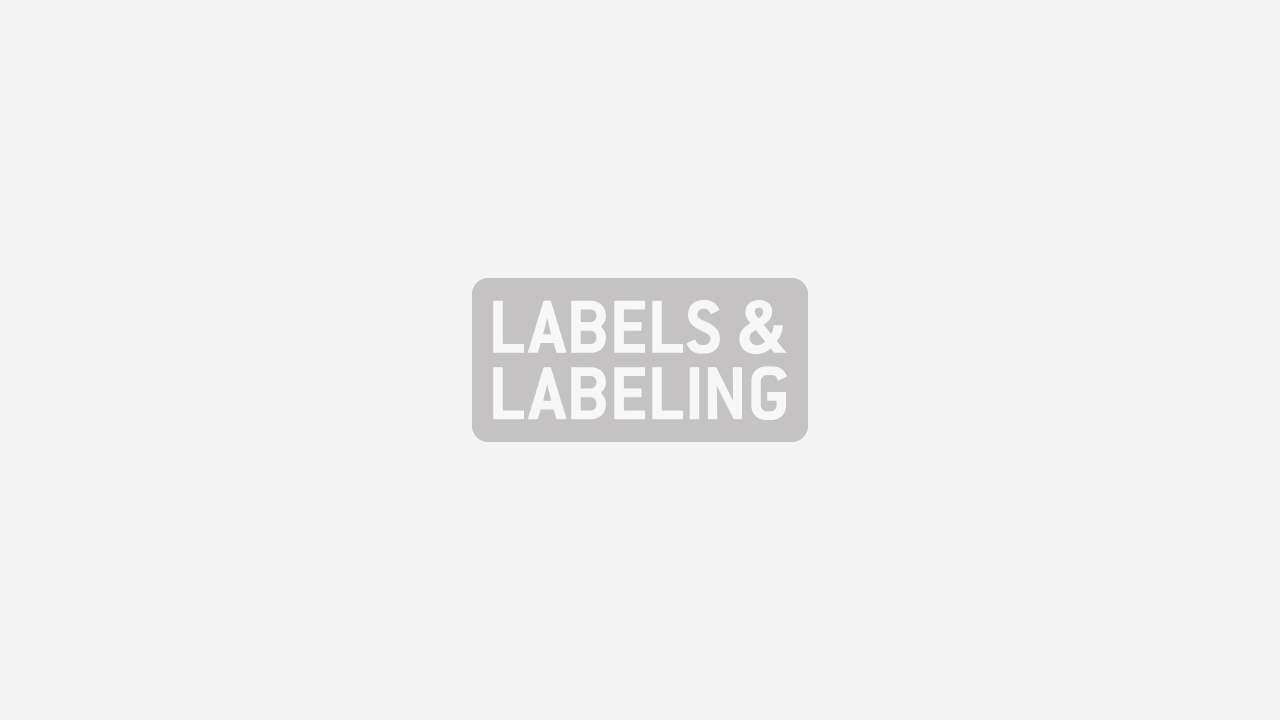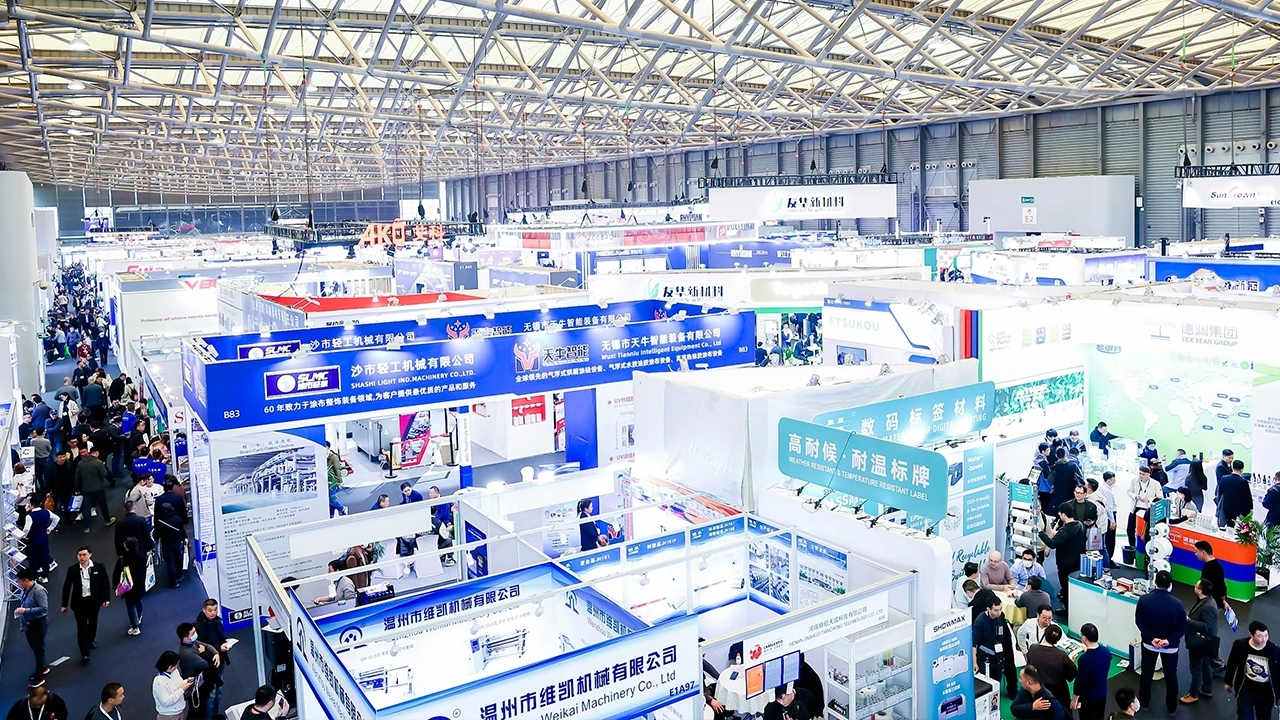Danielle Jerschefske: Sustainable progress

On recent travels, I have continued to hear more active discussions around sustainability in the label industry. It has been inspiring, fulfilling and pulls the curtain back on what being greener really means. It’s far more than selecting a certified paper facestock that costs more and might not perform as well as virgin material.
It’s starting to move. Knowledge sharing and ideas are gaining traction; still the industry has more serious moves to make.
Mead Johnson Nutrition explained at AET’s Label Institute that it has dropped its current sustainable packaging design software, opting to implement the use of SPC’s COMPASS software, a rapid prototyping tool for designers and engineers. It gives supply chain stakeholders a quick snapshot of the environmental footprint of a particular package based on the Product Indexing information on which the software is based. Product Indexing takes into account natural resource extraction, distribution, packaging used and the ability to close the loop on particular packaging and labels.
The most vivid example of a brand owner initiative to achieve zero waste and to reduce its Environmental Footprint is GNP Company’s use of a linerless pressure sensitive label on its Just BARE Chicken brand. It made the conscious switch away from a typical PS label, and because of its success is looking to move the packaging solution to other brands.
In another move – retailers in Canada have pointed the finger at adhesives in PS labels for contaminating primary packaging in recycling streams. Through testing they’ve found that adhesive gums-up the recycling process of PET thermoform containers, and associations like NAPCOR and APR are digging deeper to reveal that paper fibers can often also be found in the plastic material. The industry must understand end-use recovery and how their labels fit within a brand’s goal to reduce their environmental footprint.
There’s opportunity for an edge here.
A few leading converters in the US have come up with innovative solutions for shrink sleeve labels that can be more easily removed in the recycling process, maintaining clarity of the container glass or plastic. Others have realized the benefits of using eco-coatings without chemicals, or ones that enhance the end value of the label – for example it emits a higher BTU at incineration. TLMI’s LIFE program is gaining more adopters and brands are beginning to understand the significance of label industry-specific certification that serves as an ever progressing Environmental Management System (EMS).
Brand owners at Label Summit Africa were eager to switch to PET containers because the recycling rate is higher where the South African-made products are sold, which helps reduce their product’s carbon footprint. These decision makers were eager to learn more about the construction of various labels and how their design relates to the primary package. They wanted to know if their container was fully recoverable at the end-use phase of a product’s life-cycle – and where it was sold (Europe).
Digital printers at Dscoop7 were eager to uncover tactics for implementing real sustainable actions within their businesses – meaning doing it right the first time and helping reduce production costs. Establishing a working team, setting a mission, collecting data and creating goals are the first steps to becoming a more sustainable label manufacturer. An EMS can serve as a valuable guideline to achieving such goals as energy reduction, waste recovery and product innovation.
Labelexpo Americas will feature an EcoVillage that will show the opportunity for converting matrix waste into fuel pellets and offering an alternative energy source. This is a valuable solution for waste in the label industry – and it needs a wider geographical spread. Further opportunities will be demonstrated in this area as the industry shifts to actively participate in creating a green label economy.
It is imperative that label converters continue to ask suppliers more questions. The industry must learn how to communicate its sustainable actions effectively down the supply chain.
Danielle Jerschefske
North America editor
Labels & Labeling
Stay up to date
Subscribe to the free Label News newsletter and receive the latest content every week. We'll never share your email address.


